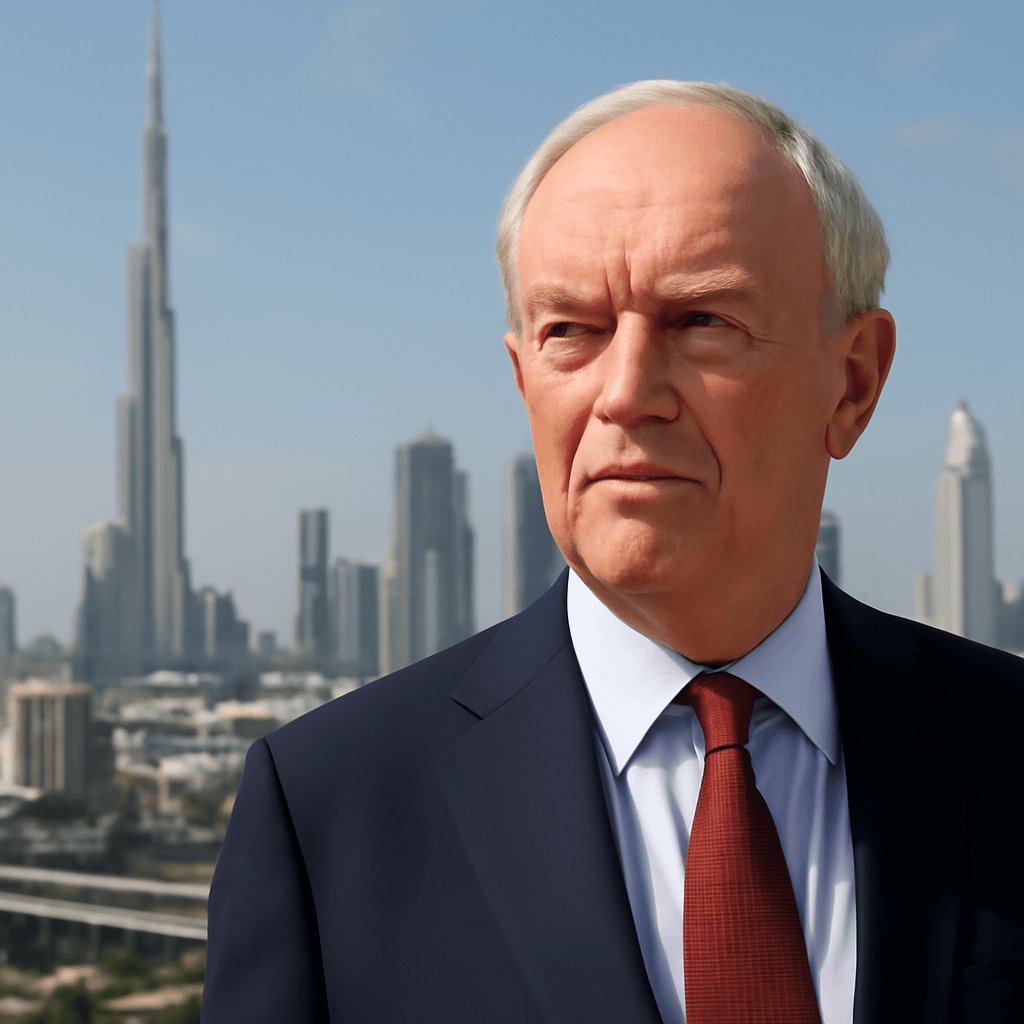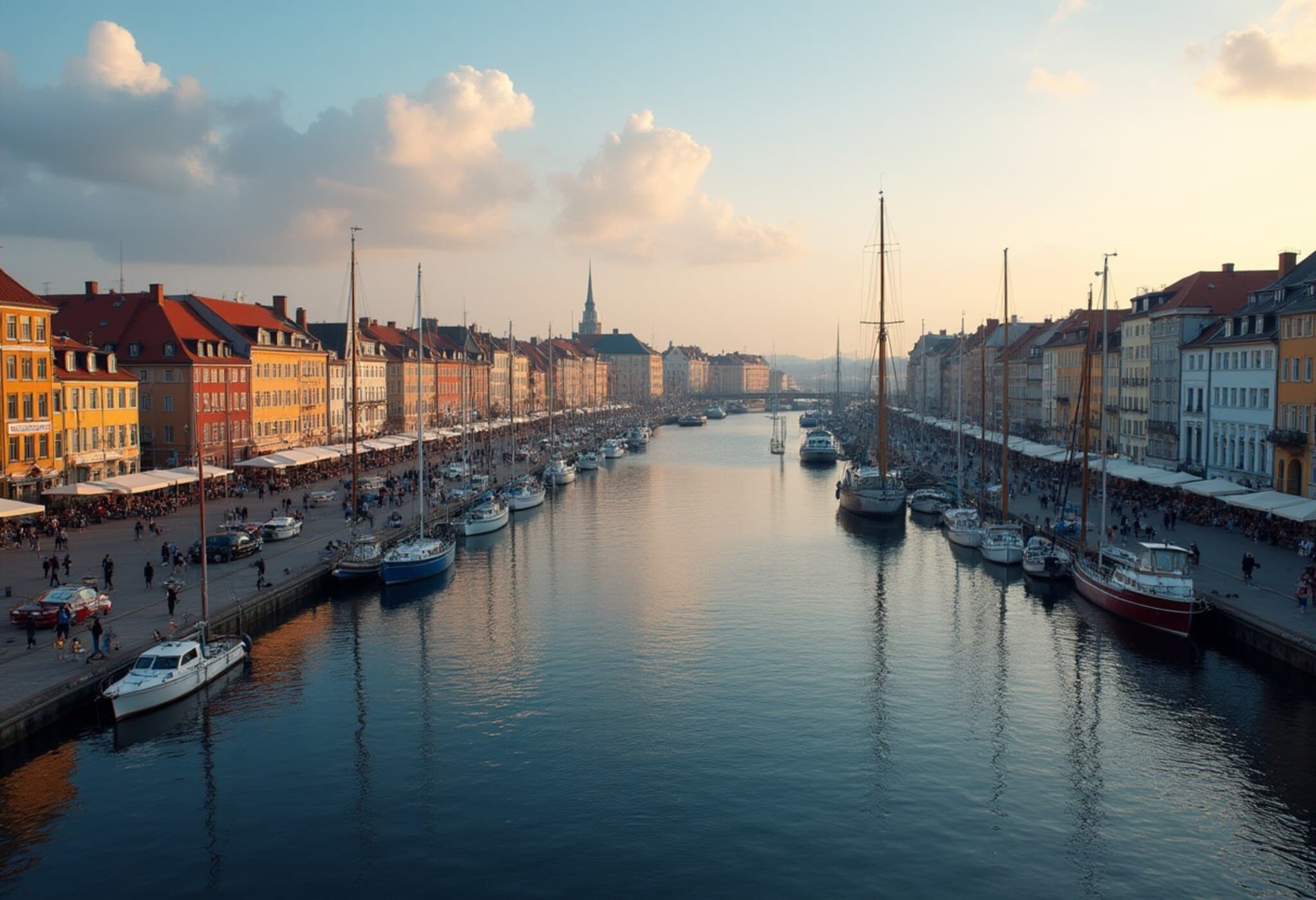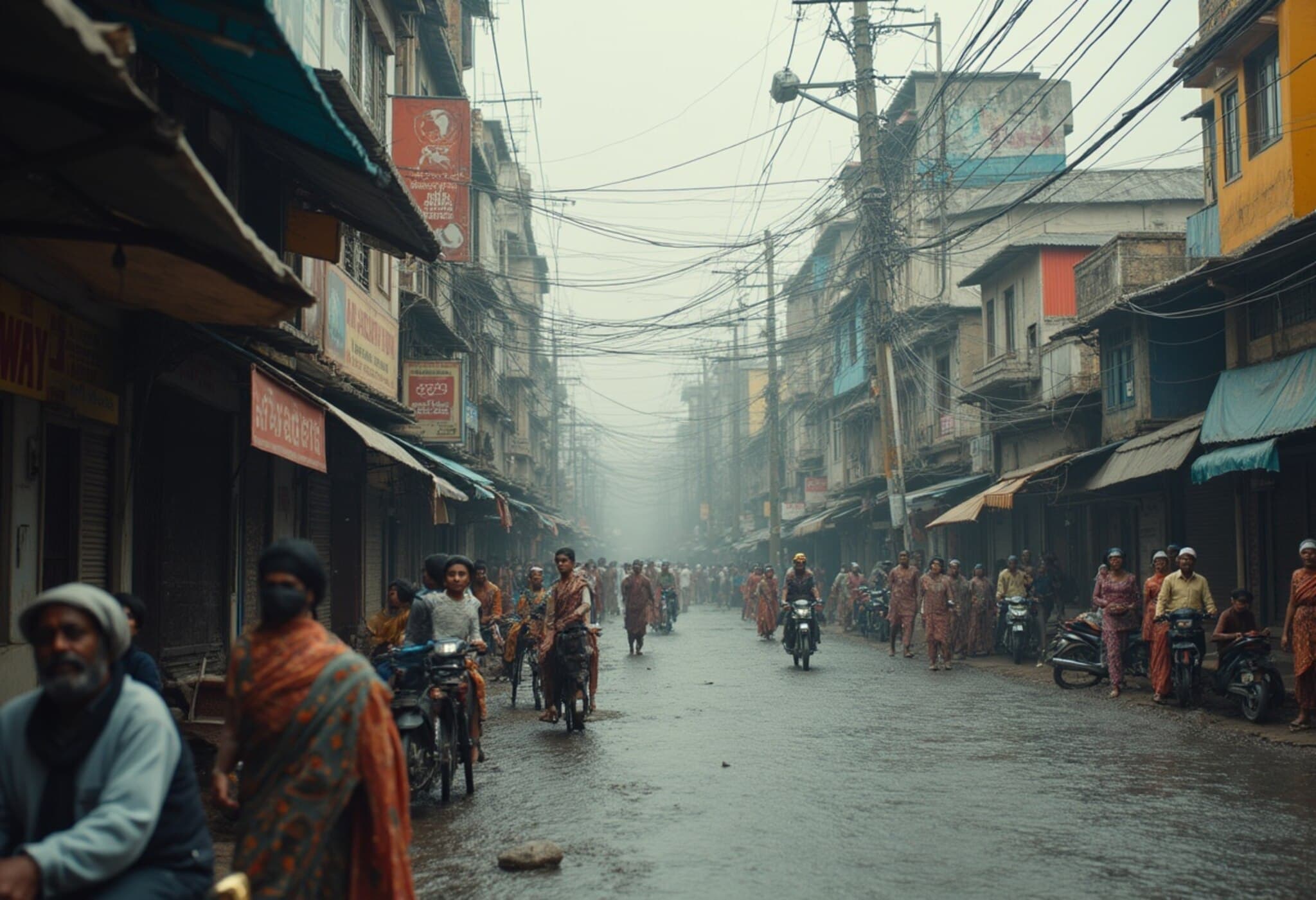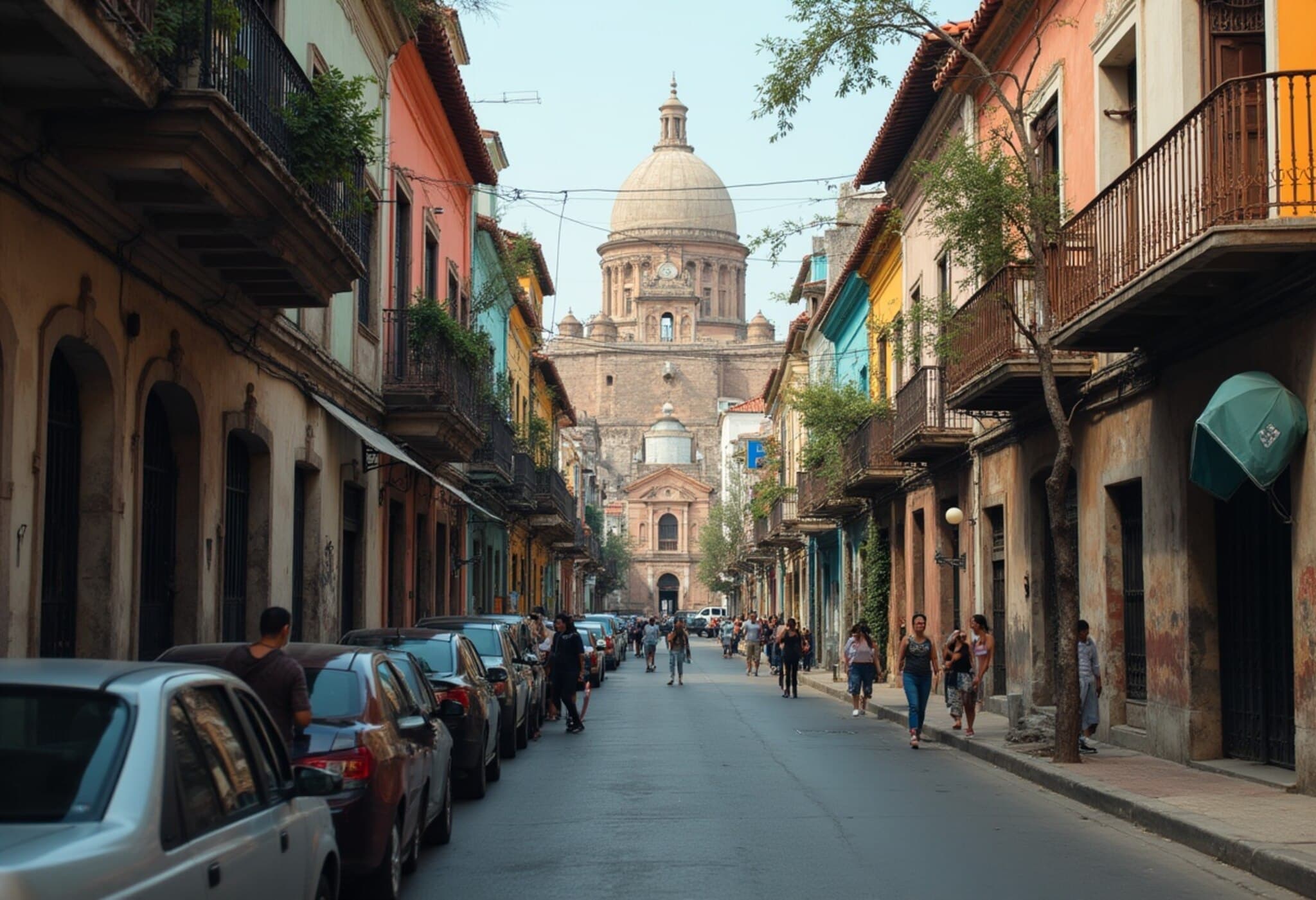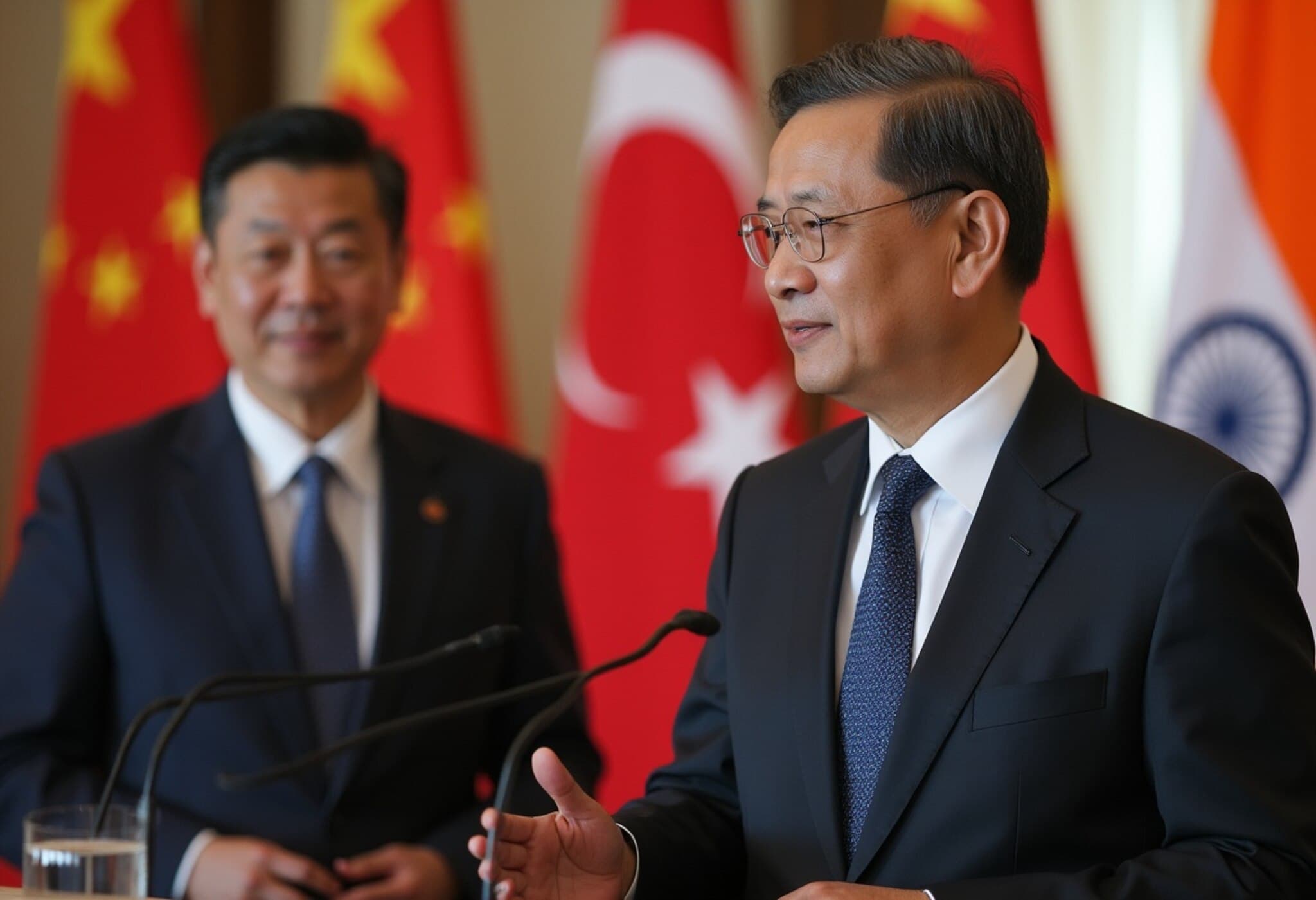Vienna’s Bold Housing Model: A Lesson in Social Sustainability
In a world where cities like London and Paris are grappling with skyrocketing rents and precarious living conditions, Vienna offers a strikingly different narrative. Crowned the world’s most livable city by The Economist in 2024, Vienna keeps housing affordable and secure for its residents by treating homes as a fundamental right rather than a market commodity.
The Scale of the Experiment
Nearly half of Vienna’s one million housing units are municipally owned or managed under limited-profit housing associations. About 43% of these units are shielded from market volatility, with rents tied to costs or capped by law, rather than fluctuating with real estate speculation. This system has allowed Viennese renters to pay on average only one-third of the rents faced by those in comparable European metro areas, according to a Deloitte study.
More than half the city’s population lives in subsidized housing, including a quarter residing in municipal apartments—making Vienna Europe’s largest public landlord.
Deep Roots in History: The Legacy of Red Vienna
The origins of this model date back to the aftermath of World War I, when Vienna’s working-class families lived in dire conditions. The city’s Social Democratic Party, taking office in 1919, embarked on a radical public housing campaign known as the Red Vienna era. This era brought forth monumental communal buildings like the Karl Marx-Hof, designed not only as residences but as vibrant social hubs complete with courtyards, clinics, libraries, and kindergartens.
Unlike sterile modernist blocks elsewhere, Vienna’s Gemeindebauten were built to integrate seamlessly into the city’s fabric, fostering community and social integration. Historian Eve Blau describes their design as a reversal of traditional urban blocks, transforming private spaces into shared communal areas that strengthen social bonds without disrupting urban continuity.
Social Sustainability at the Core
Deputy Mayor Kathrin Gaal emphasizes that Vienna’s housing policies are shaped by the conviction that housing is a basic human right. The city actively promotes mixed-income neighborhoods to prevent socio-economic segregation and the social fractures seen in other urban housing projects.
Architecture critic Maik Novotny highlights Vienna’s approach as an effective social tool, steering clear of stigmatized ghettos and promoting inclusivity rather than isolation.
A Model That Works for Residents
Take the story of Florian Kogler, a 21-year-old student who found security and affordability through Vienna’s system. Offered a modest studio in the 12th district for only €350 per month—well below typical market rates—Florian’s situation reflects the stability this model provides to renters across income levels.
Vienna’s social housing leases have no fixed end dates, and rent hikes are capped around 5%, granting tenants a level of stability rare in both European and American rental markets. What’s more, eligibility is fairly inclusive, allowing those earning under €70,000 annually—well above the average local income—to qualify.
- Two-thirds of Vienna’s rental stock is under rent control.
- 80% of households choose to rent, attracted by reliability over ownership.
- Rents in public and cooperative housing run around 30% less than private market prices.
Economic and Environmental Sustainability
The city invests over €570 million annually into maintaining and expanding this housing stock, funded partly by a modest 1% payroll levy on residents. Compared to the United States, where New York and California spend significantly more per capita on housing without comparable outcomes, Vienna’s model achieves efficiency without sacrificing quality.
Importantly, municipal ownership provides leverage to pursue ambitious climate goals. By 2040, the city plans to retrofit its developments with electric heat pumps and geothermal heating, leveraging the control over public buildings to enact bold environmental initiatives.
Challenges Beneath the Surface
Despite its successes, the Vienna housing system is not without shortcomings. Waiting lists are long and bureaucratic navigation can favor those with connections or insider knowledge, posing hurdles particularly for immigrants and low-income newcomers. Economist Harald Simons has criticized potential inequities caused by this opacity.
Additionally, the lack of strict means-testing means some wealthier tenants remain in subsidized units indefinitely, leading to accusations of social misuse. The private rental market, meanwhile, remains less affordable than before deregulation in the 1980s, limiting options for those outside the subsidized sector.
A Global Inspiration with Ongoing Debate
Unlike many cities that sold off public housing in previous decades, Vienna maintained and expanded its stock, preserving its influence over rents and affordability. This foresight is increasingly being emulated worldwide, from Barcelona and Helsinki to American cities exploring alternatives to market-driven housing crises.
Yet experts caution that Vienna’s model, while celebrated internationally, demands continuous scrutiny to address its blind spots and ensure equitable access.
Expert Summary
Vienna’s housing experiment underscores a broader lesson: framing housing as a public good rooted in social sustainability can yield effective, inclusive, and stable urban communities. However, sustaining such a model requires vigilant policies against inequality and administrative barriers.
Editor’s Note
Vienna presents a compelling blueprint for cities worldwide confronting housing affordability crises. The model challenges us to rethink the role of government and community in shaping not just where we live, but how cities function socially and environmentally. Yet its nuances remind policymakers that such systems must balance accessibility, fairness, and adaptability to evolving demographics. As America and other countries explore housing reform, Vienna’s blend of history, innovation, and challenges offers both inspiration and cautionary insights.



